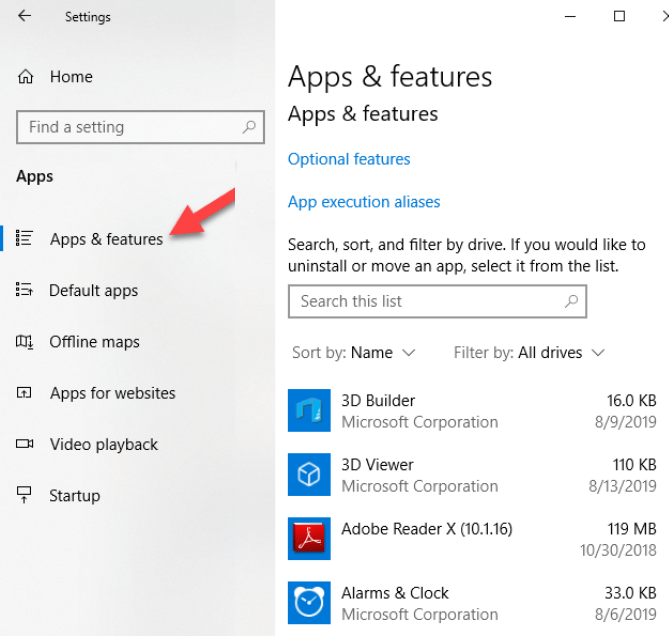

- #DRIVER SUPPORT ONE SHOULD I REMOVE IT .DLL#
- #DRIVER SUPPORT ONE SHOULD I REMOVE IT DRIVERS#
- #DRIVER SUPPORT ONE SHOULD I REMOVE IT DRIVER#
- #DRIVER SUPPORT ONE SHOULD I REMOVE IT WINDOWS#
The installed file .dll is the auto-update component of the program which is designed to check for software updates and notify and apply them when new versions are discovered. The setup package generally installs about 27 files and is usually about 15.16 MB (15,897,552 bytes). The primary executable is named driversupport.exe.
#DRIVER SUPPORT ONE SHOULD I REMOVE IT WINDOWS#
A scheduled task is added to Windows Task Scheduler in order to launch the program at various scheduled times (the schedule varies depending on the version). During setup, the program registers itself to launch on boot through a Windows Schedule Task in order to automatically start-up. The most common release is 10.1.4.39, with over 98% of all installations currently using this version.
#DRIVER SUPPORT ONE SHOULD I REMOVE IT DRIVERS#
Once you complete the steps, the device will reboot, and Windows 10 should start normally again.Driver Support is a software program developed by PC Drivers HeadQuarters LP. In the command, change the drive letter e: for your Windows 10 installation drive and change the oem1.inf for the driver’s name to remove.
#DRIVER SUPPORT ONE SHOULD I REMOVE IT DRIVER#
Type the following command to remove the problematic driver and press Enter: dism /image:e:\ /remove-driver /driver:oem1.inf

In the command, change e: for the drive of your Windows 10 installation, and change the oem1.inf for the name of the driver to remove. (Optional) Type the following command to view more information about the driver and press Enter: dism /image:e:\ /get-driverinfo /driver:oem1.inf The number is the installation order, which means that the last driver you installed will have the highest number.) (Installed third-party drivers will usually carry the oem0.inf, oem1.inf, and so on. The “Original File Name” and “Provider Name” will help you identify the driver. In the command, change e: for the driver of your Windows 10 installation.Ĭonfirm the “Publisher Name” of the problematic driver. Type the following command to generate a list of all the installed drivers and press Enter: dism /image:e:\ /get-drivers You’re in the correct drive letter if you see the “Windows” folder. Type the following command to verify the right drive is selected and press Enter: dir Type the following command to access the correct drive letter, and press Enter: e: However, in most cases, the drive letter is D: or E. While the operating system resides on the main drive ( C:\), when you boot your computer on recovery mode, the drive letter changes to something different.

You need to move to the drive letter where Windows 10 is installed. When the computer boots in Command Prompt, it’ll start on X:\Sources. For more accurate instructions, visit your PC manufacturer’s support website.Ĭlick the Repair your computer option in the bottom-left corner. Quick tip: This process usually requires pressing one of the function keys (F1, F2, F3, F10, or F12), the ESC, or the Delete key. To remove an incompatible driver that won’t let Windows 10 start correctly, use these steps:Ĭhange the computer Basic Input Output System (BIOS) settings to start from the bootable media. Uninstall driver when Windows 10 won’t start In this guide, you will learn the steps to uninstall an incompatible driver from the recovery environment that’s causing Windows 10 not to start correctly. If Windows 10 can’t boot correctly after installing a device driver, and Safe mode and System Restore Point doesn’t work, you can use the Windows Recovery Environment (WinRE) to uninstall drivers manually using the Deployment Image Servicing and Management (DISM) command-line tool to resolve the issue. However, there will be times when the device won’t even start in Safe mode, and even the restore point will fail to apply. When this happens, you can restart in Safe mode to remove the problematic driver or use a System Restore Point to roll back to the last good known working state. On Windows 10, sometimes, a third-party driver can prevent a computer from starting correctly because of compatibility issues or other problems.


 0 kommentar(er)
0 kommentar(er)
